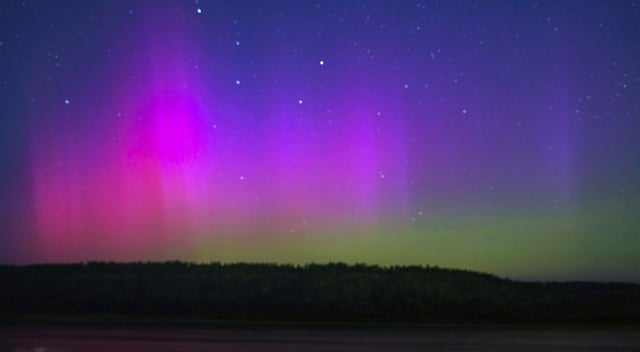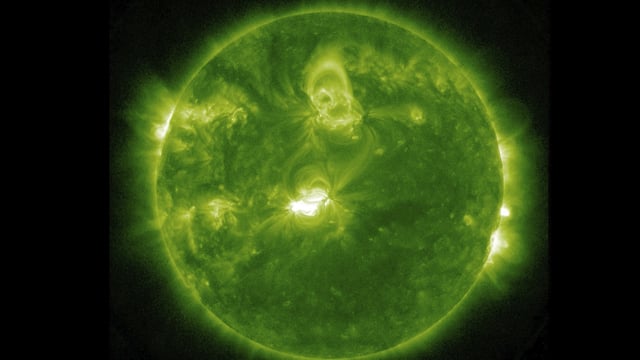Overview
- The M8.1 solar flare launched from Active Region 4100 on May 31 sent a fast coronal mass ejection that arrived at Earth’s magnetosphere around 1:30 AM ET on June 1 with solar wind speeds peaking near 1000 km/s.
- NOAA’s Space Weather Prediction Center has placed a G4 – Severe geomagnetic storm watch on June 2 and anticipates G3 conditions on June 1 with a return to G2 levels on June 3.
- FEMA has been alerted to prepare for geomagnetically induced currents that could cause voltage irregularities and protective shutdowns in high-latitude power grids.
- Satellite operators may encounter increased atmospheric drag and orientation disturbances while GPS and HF radio users could face intermittent outages and signal fades.
- The auroral oval is expected to expand to geomagnetic latitudes of 45°–50°, making northern lights visible in states such as Alabama, Oregon, Illinois and northern California.



